In this article, you will find information about the general physical characteristics of Turkish people and insights into Turkish society that only a Turkish would know.
What Do Turkish People Look Like? As a Turkish, I can say there is no easy answer to this.
Turkish people share general facial and physical features, yet Turkish identity is more of cultural and historical identity rather than an ethnic identity.
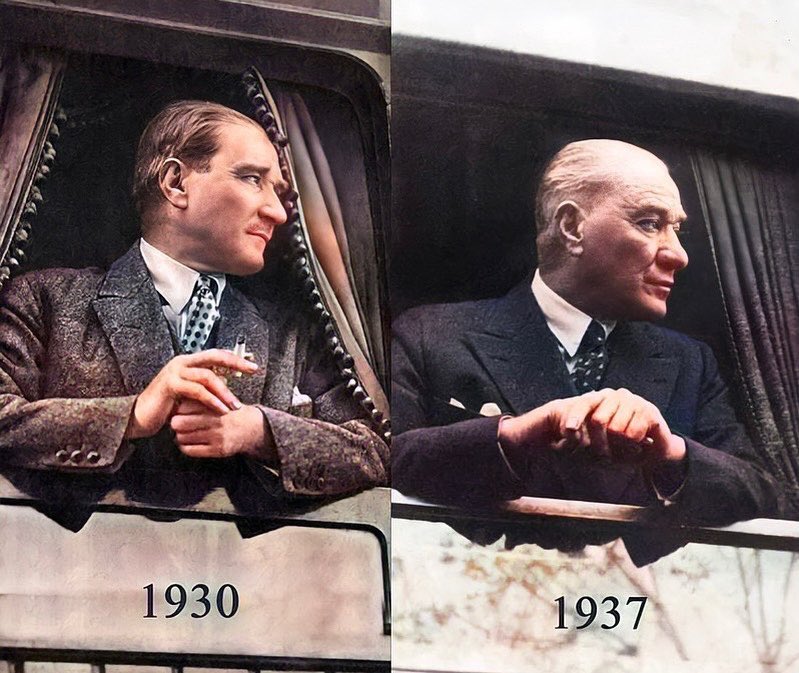
Ataturk, the founding father of the Turkish Republic, summarized being a Turkish with four words “Ne Mutlu Türküm Diyene” the phrase roughly translates as “Congratulate anyone who declares themselves as Turk.”
If you speak Turkish like a native and classify yourself as Turkish, you are Turkish in the eyes of Turkish society. No questions will be asked, even if you have black skin, green hair and red eyes.
After giving this disclaimer, let me tell you more about the general physical and facial features of Turkish people with pictures.
General Physical Characteristics of Turkish People
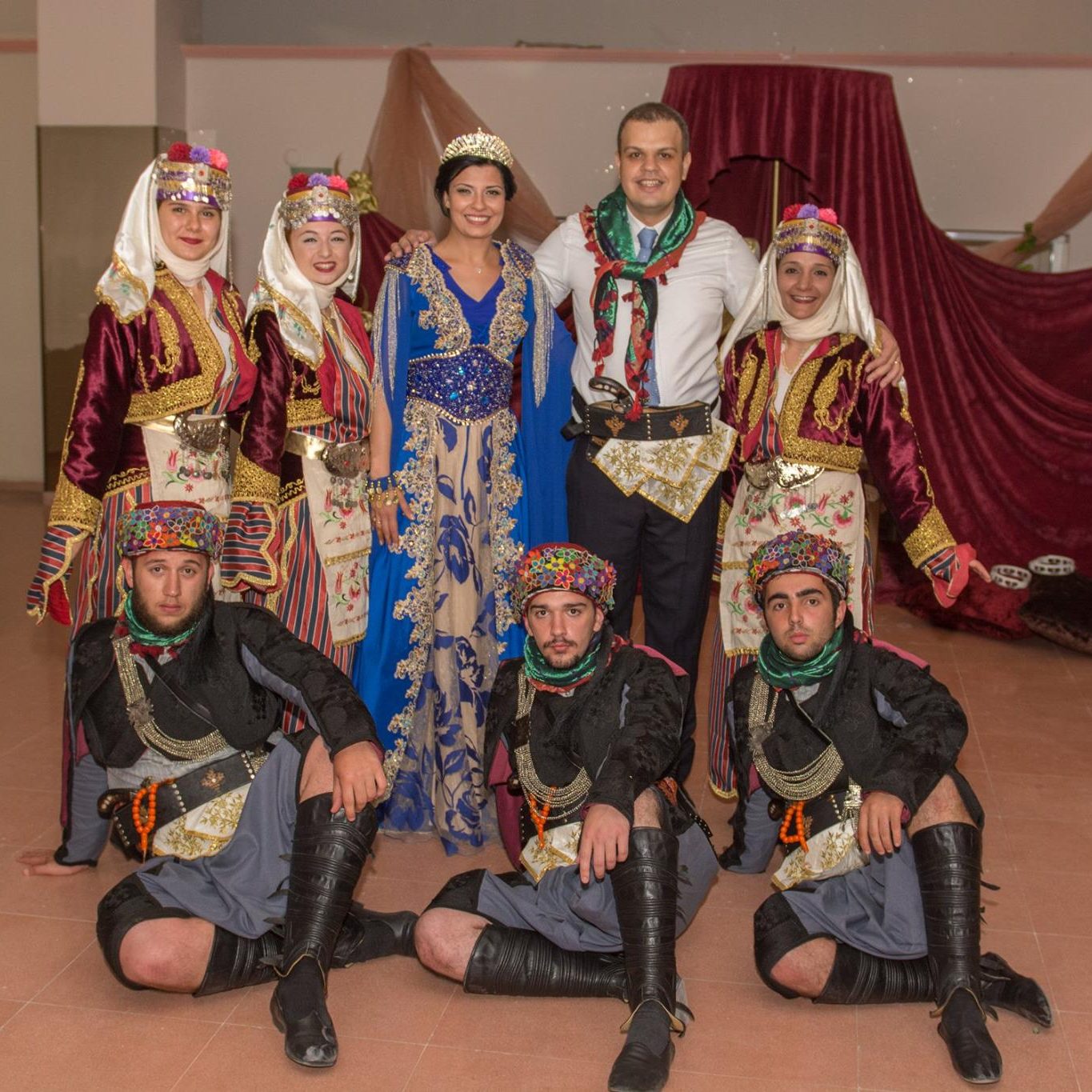
Modern-day Turkish people are primarily descendants of indigenous Anatolian and Turkic people with a touch of many different ethnic backgrounds.
The most common physical characteristics of Turkish people are:
- Brown hair (light or dark)
- Light or dark brown eyes,
- White or light brown skin
Less common Turkish people’s physical characteristics are:
- Blonde or red hair
- Blue, green, or gray eyes
- Darker brown skin
Turkish people’s eye shapes vary from European looking to big, slanted, or almond-shaped Asian-looking eyes.
Almond-shaped eyes are taken as a feature that demonstrates Central Asian Turkic ancestry.
The height of Turkish people does not differ much from that of Europeans. On average Turkish women can vary from 1.55 to 1.70 cm, and Turkish men range from 1.70 to 1.85 cm long.
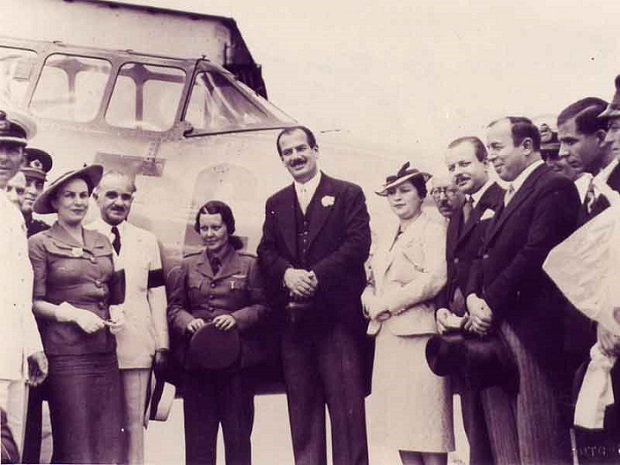
In the West, most believe that Turkish people are related to Arabs or Persian.
Yet, Turkish people look more like Europeans. Nearly all Turkish people would not have physical features that would make them stand out like a stranger in the Balkans or Southern Europe.
In Southern regions of Europe, you could not differentiate a Turkish from the indigenous population.
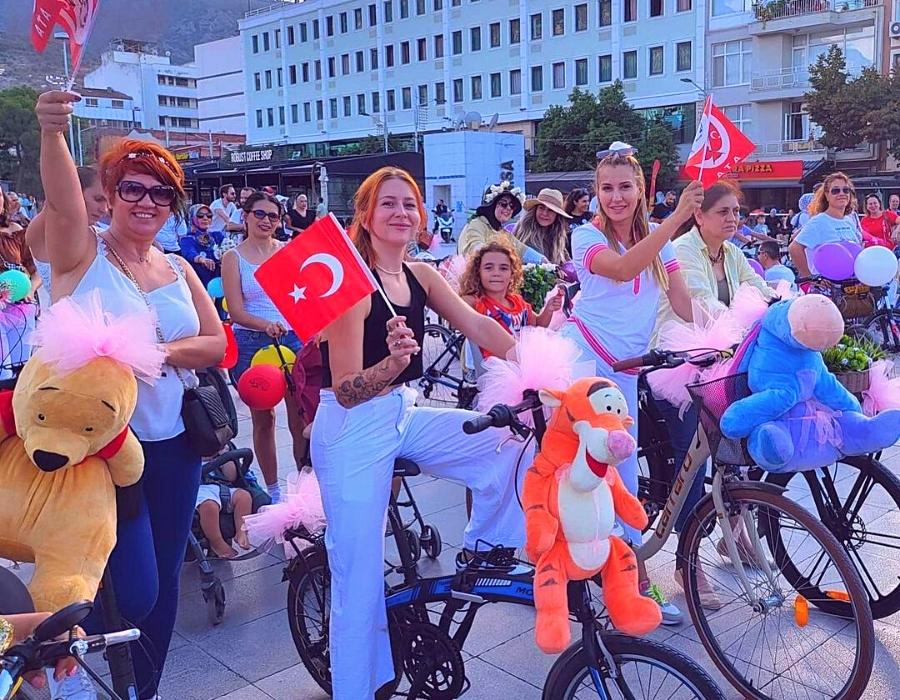
Another reason for that is a majority of Turkish people are migrants from the Balkans.
Between ⅓ and ¼ of the Turkish population are second or third-generation migrants from the European Balkan Region. Source
Yet, Turkish facial and physical features are mostly different from Northern Europeans.
Some Turkish people also resemble Central Asians and sometimes Middle Eastern people. Turkish people living closer to Syria have more Middle Eastern looks.
Most of the time, it would be easier to spot a Turk in Arab countries than in European countries. Today the Arab minority consists of 1-1,5 % of the Turkish population.
Turkish Identity – Diversity of Turkish People
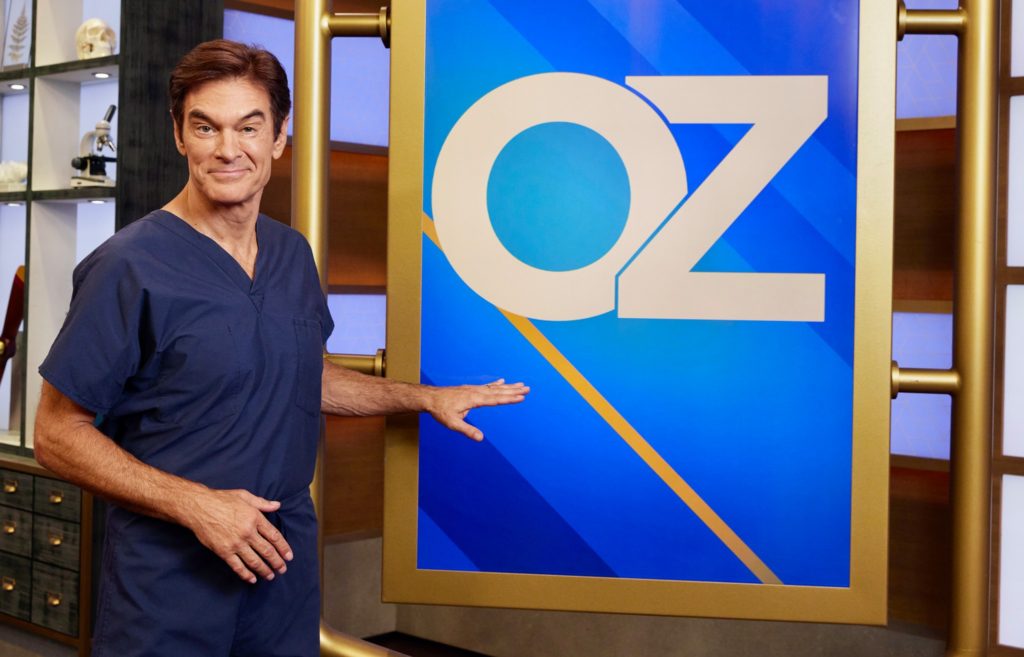
Turkish people also declare themselves as descendants of the Turkic people of Central Asia. Yet, Turkey also identifies itself as a melting pot of different cultures and ethnicities.
We, the Turkish people, are children of many empires that once united many ethnicities.
The East Roman Empire, Ottoman Empire, and Turkic Empires were superpowers of their time.
The typical trait of these empires, was that they relied on citizenship and merged many identities into one cultural and ethnic identity.
In a way, these empires resembled the United States, and if you are a citizen, you are an equal brother/sister sharing the same destiny, regardless of your ethnic background.
Turkish people are legally accepted as a part of the White Race in UK and USA census offices. If you wish to learn more, please check my article “Are Turks White Caucasian? Who is a Turk?”.
This historical heritage and cultural mosaic is also reflected in the looks of Turkish People.
For example, both my grandparents are European migrants. My father’s father is from the Greek island of Crete, and my mother’s father is from Bulgaria. They both came to Turkey between 1900-1920.
My father’s grandmother had a significant Central Asian Turkic ancestry, and my other grandma was a local of Western Turkey. Yet, they were all regarded as pure Turkish regardless of their ancestral origins.
Genetic researchers believe that the Turkish population is best described within the context of the Southern European/Mediterranean gene pool. Source
Another DNA survey discovered that Turkish people are descendants of Anatolian people with around 15-22% Central Asian ancestry (DNA).
Yet, Central Asian DNA in Turkish people may be higher because Turkic people are also known to carry some degree of European DNA. Source Source
Turkey is considered European not on the basis of ethnicity but also culturally. Read my article to learn Why is Turkey considered a European Country?
The stereotype of Turkish People
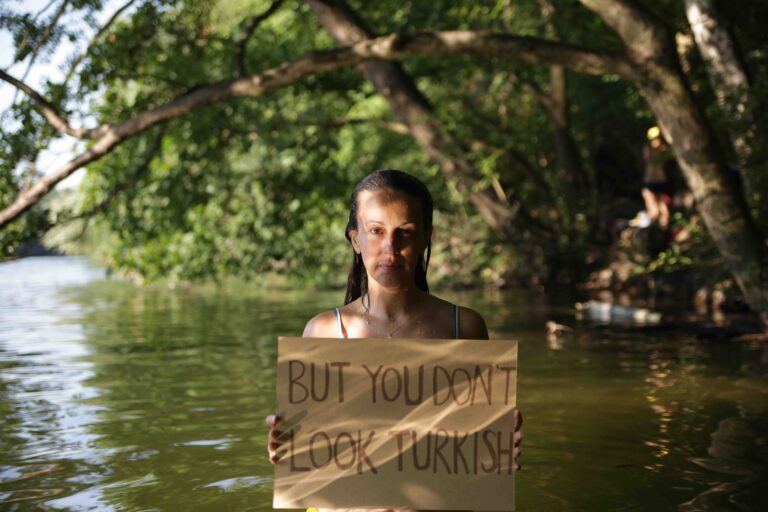
In Europe, Turks are stereotyped as Middle Eastern, dark figures with Islamic clothes.
This stereotype is a legacy of Ottoman Empire times when Turkey was seen as a nemesis and an Islamic European power rivaling European powers like Austria German Empire, Russia, and Spain.
In some European languages, the word Turk has been used as a synonym for something to fear for centuries.
As a result of this stereotyping, many Turks traveling to Europe are asked why they do not like a Turk.
I experienced this firsthand during my master’s study in London. Many Europeans were surprised by the looks of the Turkish people and asked if we were really Turkish.
Turkish Women also defy the common stereotypes. To learn more, please read my article Why and How are Turkish Women Different?
Portraits of Turkish People
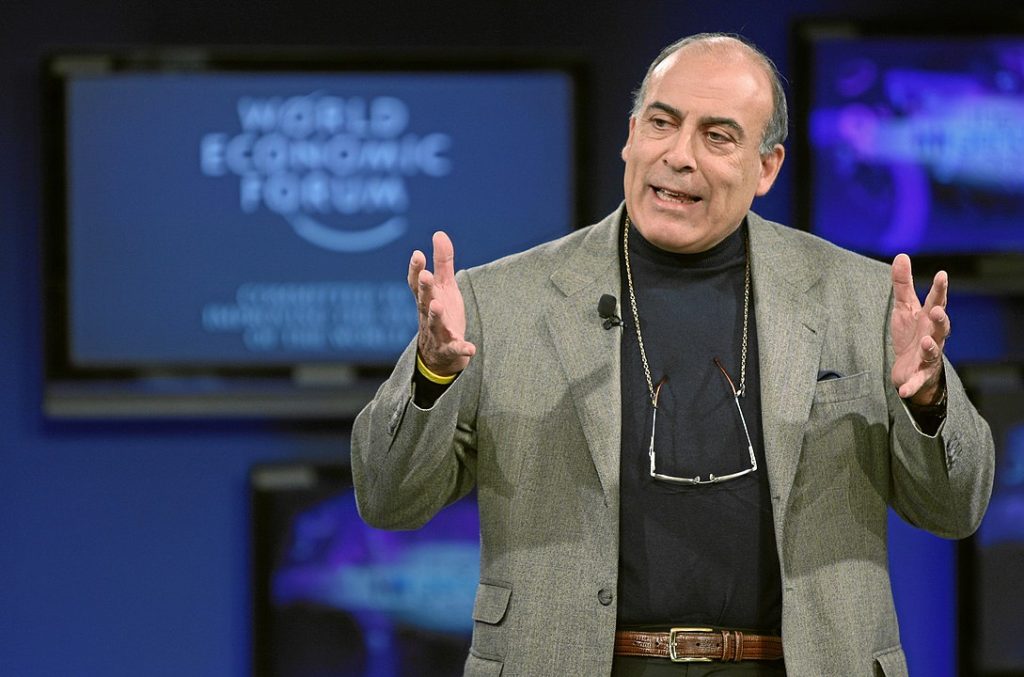


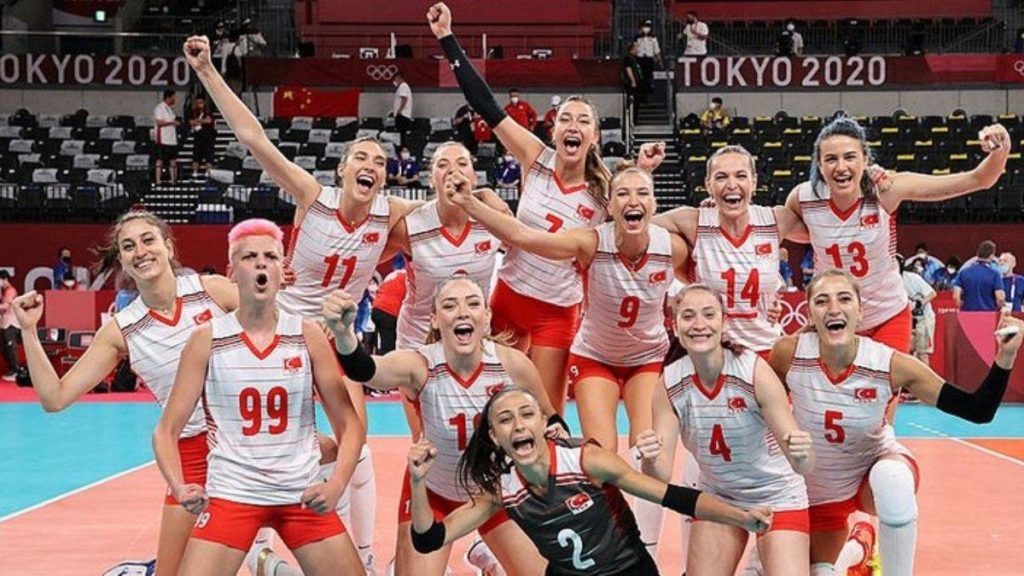
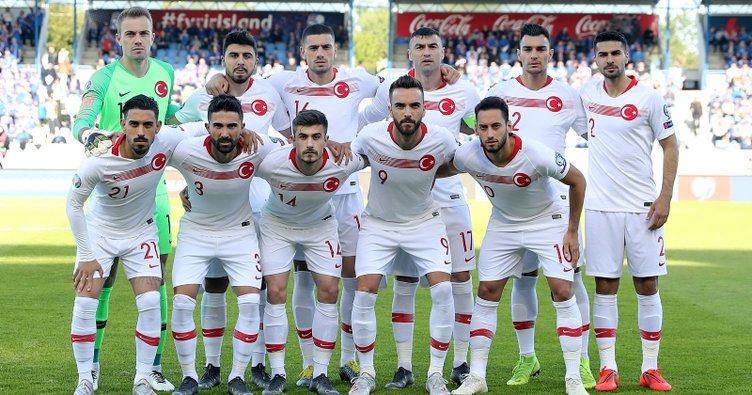
Turkic People vs Turkish People
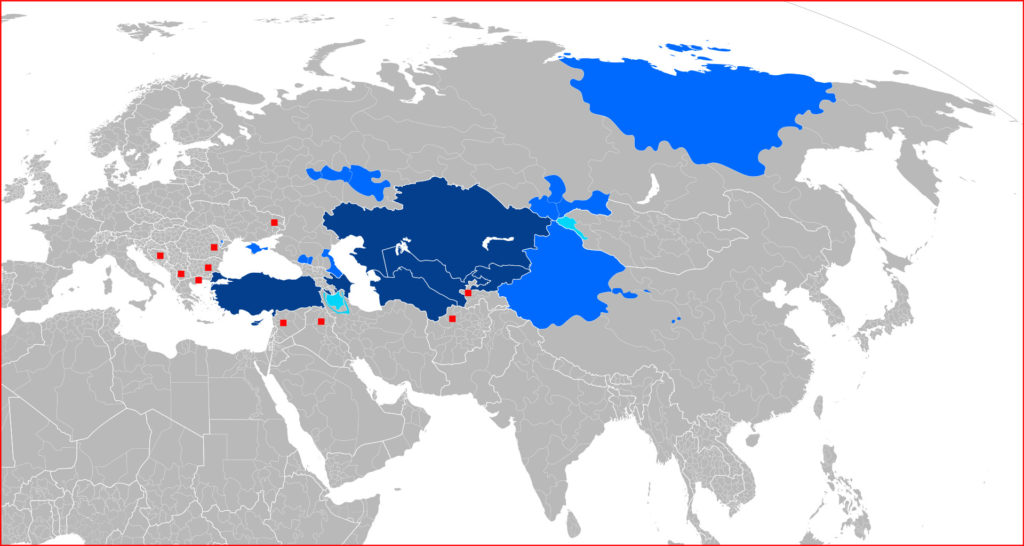
Turkic is an Asian ethnicity different from other Asian groups like Mongols, Chinese, and Indians.
Turkish people always uphold their Turkic and Central Asian heritage and Turkish people are regarded as Turkic people.
According to Turkish people, Turkic people are their brothers similar to how Swedish, Norway, Denmark and Iceland see themselves as brothers.
Turkish people certainly have Asian DNA, yet, according to some genetic research, Turkish people have the least Asian ancestry among Turkic people. Source
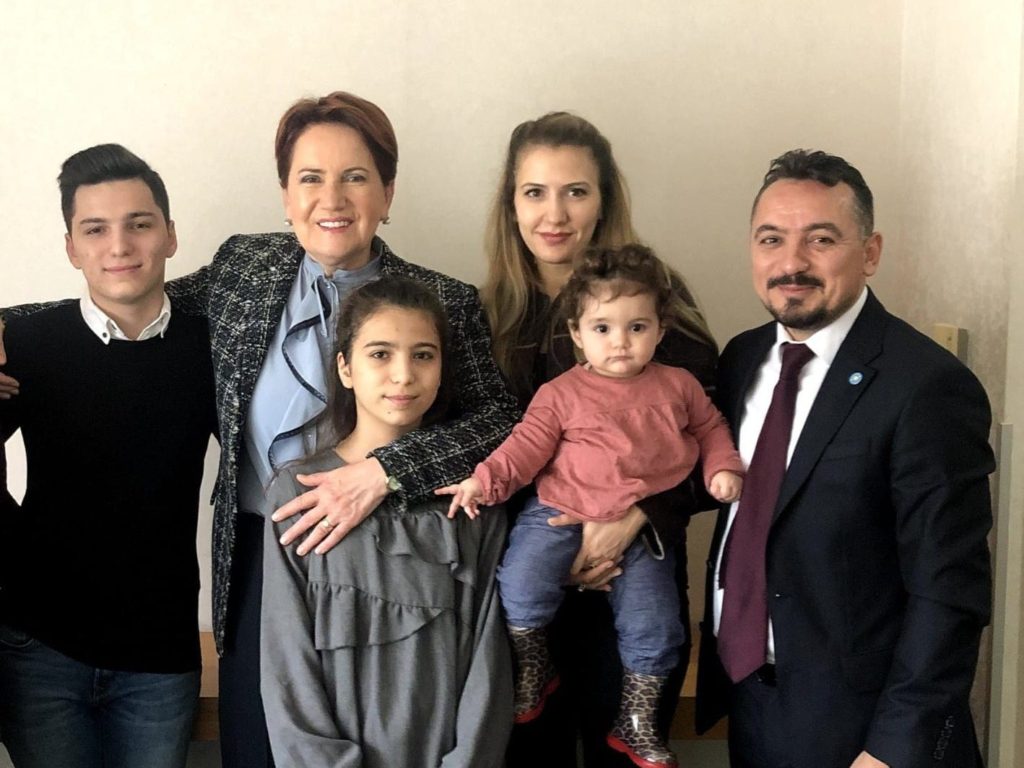
The most important bond between Turkish people and Turkic people is the language.
Turkish and Azerbaijani are the most spoken Turkic languages and they feel like dialects of the same languages to native speakers.
Major Turkic groups are;
| Turkic Group | Population | Country (that majority lives in) |
| Turkish | 75,700,000 | Turkey, Northern Cyprus |
| Azerbaijanis | 31,300,000 | Azerbaijan, Dagestan (Russian Federation) |
| Uzbeks | 30,700,000 | Uzbekistan |
| Kazakhs | 15,193,000 | Kazakhstan |
| Uyghurs | 11,900,000 | Xinjiang Uygur Autonomous Region (China) |
| Turkmen | 8,000,000 | Turkmenistan |
| Tatars | 6,200,000 | Tatarstan (Russian Federation) |
| Kyrgyz | 6,000,000 | Kyrgyzstan |
Read my article to learn the origins of the Turkish language and the Turkish people’s Turkic roots.
Turkish Society as part of Western World
Turkey is a first-world country with a functioning democracy and a capitalist economy with a high standard of living.
Turkey has been a US ally and NATO member since 1952.
Turkey has been a part of the modern liberal world and a founding member of many institutions like the OECD, the European Council, and the G20.
Turkish Society as part of Middle East
Some Turkish people look Middle Eastern, and Turkish people can be considered Middle Eastern. Since the Roman Empire, Istanbul has ruled both the Middle East and Turkey for centuries.
Yet, Turkish people, Turkish Language, history, and culture are quite distinct from other Middle Eastern nations.
Turkey’s Asia part is in the Middle East, but Turkey is not a typical Middle Eastern country.
Turkish institutions, law, and societal rules are European, and the Turkish Language is from Central Asia.
I have been to Europe and the Middle East and have always felt closer to Europe. The Middle East resembles Turkey in some ways, but it is even chaotic for warm-blooded Mediterranean men.
Turkish people and Arabs are different races with different ethnic, linguistic, and cultural origins, you can read more about the differences between Arabs and Turks in my article.

do not forget the participation of the DNA of the REAL Turkish indigenous inhabitants that don’t have any Central Asia background and are oftenly neglected over the Turkic component.
AC
Orlando Fl USA
I totally agree with you.
The original turks were the Kipchaks who are described generally as being blonde with blue eyes, handsome and great warriors. Even the ancient Chinese described the Turks, after they lost the battle against the Turks, as being blonde with blue eyes and that they came from the Altai Mountains. From East Europe and Turkey through Russia to China are many nations which speak turkic languages and have a variety of genetic makeup. Now, let’s see what Murad Adji one of the greatest turkologist said: ‘the Turks melted away as snow under the sun, becoming either new people or merging with new people’ from European Kipchaks by Murad Adji. So, who’s Turk nowadays?
Thanks for sharing.